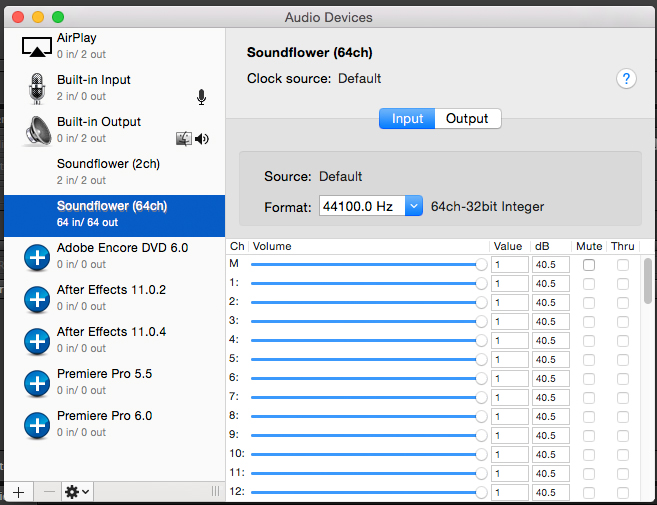
Having said that, there are instances when you don’t want the domain name to go to the actual TCP/IP, but would much rather write down your own. ), it pings the domain server, which in turn translates the requested domain into the TCP/IP format, and only then connects as to be able to display it.

However, no one would ever want to remember all those TCP/IP numbers, and that’s why the Domain Management System (DNS) was created.Įvery time you put in a URL in your browser (e.g. 155.135.55.81) - that’s how your browser is actually able to find the website you want. Any website on the internet has a standard numeric TCP/IP address (e.g. Hosts file is a hidden gem on your Mac that lets you override DNS settings exactly as specified. One of the unique tasks that can be easily controlled through Terminal is configuring your Mac’s Hosts file. Terminal allows you to perform nearly every function you normally use your mouse for: navigate folders, change preferences and settings, execute commands, etc.
/cdn.vox-cdn.com/uploads/chorus_image/image/66666884/vpavic_191118_3800_0058.0.jpg)
You might have even already used the key Unix-like tool in your Mac’s arsenal - Terminal. Why is having a more open system such a big deal? Simply, controlling macOS programmatically speeds up lots of everyday tasks and reveals lots of functionality that is otherwise completely inaccessible through a regular graphic interface.


 0 kommentar(er)
0 kommentar(er)
